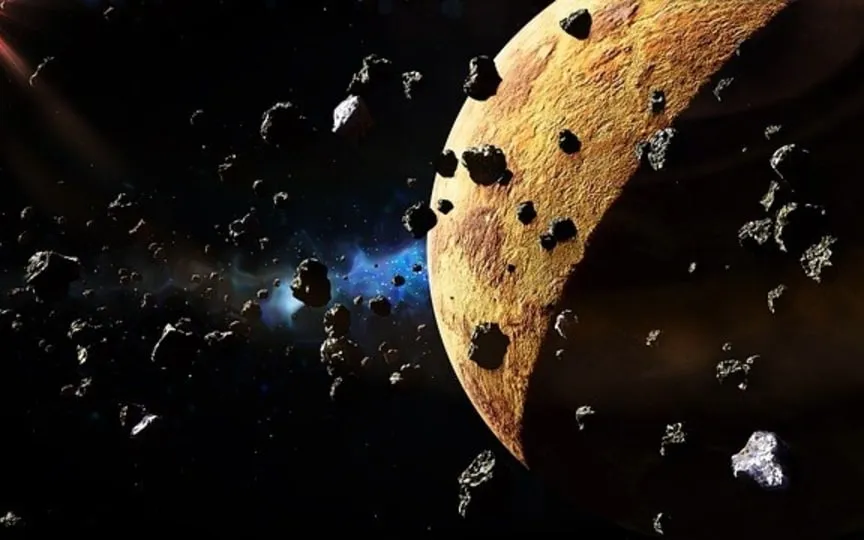NASA Warns of Asteroid Coming Dangerously Close to Earth at 4000km
The responsibility of monitoring the skies and observing Near-Earth Objects (NEOs) falls on NASA’s Planetary Defense Coordination Office. Recently, the organization has issued a cautionary statement regarding Asteroid 2023 QC5, which is scheduled to have its closest encounter with Earth in a long time. This Near-Earth Asteroid (NEA) is anticipated to approach Earth today, September 8. Despite its proximity, experts do not anticipate any harm or damage to the planet’s surface from this asteroid.
Asteroid 2023 QC5: Details of the close approach
According to NASA, asteroid 2023 QC5 will pass Earth at a distance of about 4 million kilometers. The asteroid is already on its way to the planet and is traveling at an amazing speed of 27315 kilometers per hour. According to NASA, Asteroid 2023 QC5 is nearly 82 feet across, making it almost the size of an airplane!
Although not nearly large enough to cause species extinction, an asteroid could still potentially cause some degree of damage, especially if it hits a densely populated area. It is larger than the 59-foot-wide Chelyabinsk asteroid that exploded over the city of Chelyabinsk, Russia, damaging 7,000 buildings and injuring 1,400 people.
NASA has also revealed that this space rock belongs to the Cupid group of Near-Earth Asteroids, which are near-Earth asteroids whose orbits are outside Earth but inside Mars. The asteroid is named after the asteroid 1221 Cupid discovered by a Belgian astronomer. E. Delporte in 1932.
Close up of a flyby asteroid
On the morning of September 7, scientists discovered an asteroid that flew closer to Earth than most other space rocks! The asteroid, named C9FMVU2, was discovered just hours before its approach. According to the details, it passed the Earth at a distance of only 4000 kilometers, which is only 1/100 of the distance between the Moon and the Earth!
Fortunately, this asteroid was small, measuring only 6.5 feet across, making it about the size of a car. The ESA revealed that even if this asteroid had entered the Earth’s atmosphere, it would have turned into a fireball and spread across the sky, disintegrating into small pieces.




